The bronze eagle clutching a swastika, 2.8 metres long and weighing 350 kilogrammes, which once adorned Nazi warship Admiral Graf Spee, scuttled in the port of Montevideo more than 82 years ago, has become a source of controversy ever since it was fished out of the bottom of the River Plate.
It recently hit the news again when Argentine millionaire Daniel Sielecki, now a resident in the Uruguayan resort Punta del Este, said that he wanted to buy the Nazi symbol in order to destroy it completely.
"Once I have it in my power, I’ll immediately blow it up into 1,000 pieces with every fragment resulting from the explosion pulverised. Nothing will remain," Sielecki, one of the owners of Laboratorios Elea, told Uruguayan media.
The Admiral Graf Spee was an emblematic warship of Nazi Germany. Early in World War II it was a protagonist in the first direct confrontation between the British and Germany navies and the only naval battle that took place in South America.
The warship, with a crew of 1,100 sailors, left Germany one week before the outbreak of the war (September 1, 1939), roaming the Atlantic and sinking nine British merchant shipping vessels carrying vital supplies homeward.
The pocket battleship fought the Battle of the River Plate after reaching this estuary in December, 1939, limping into the port of Montevideo after suffering heavy damage from being cornered and attacked for 90 minutes by three British warships, HMS Exeter, HMS Ajax and HMS Achilles.
Captain Hans Langsdorff decided to take his ship into Montevideo to repair it, against the opinion of his officers. The Uruguayan government gave him 72 hours to leave, expiring at 8pm on Sunday, December 17, 1939.

British spies circulated the rumour that the Graf Spee was surrounded by British warships and, according to reports at the time, around a quarter million people crowded along the Montevideo waterfront in the hope of witnessing a live naval battle.
After various days of diplomatic negotiations between the German, British and Uruguayan negotiations, Captain Langsdorff ordered his ship to be scuttled. A few days later, he committed suicide for fear of being captured by the British and gouged for information on the ship’s technology.
His body was found dressed in naval gala uniform in a Buenos Aires hotel, wrapped in the battle ensign of the German Navy.
"After a long struggle with my conscience, I’ve reached the grave decision to scuttle [the Graf Spee] to prevent it from falling into enemy hands. I am convinced that, given the circumstances, this decision was the only one possible after having led my ship into the trap of Montevideo," read his suicide note.
The bronze Nazi eagle was recovered from the bottom of the River Plate by Uruguayan brothers Felipe and Alfredo Etchegaray in 2006 after a two-year search. This expedition also recovered the artillery rangefinder, weighing 27 tons, which is on display in the port of Montevideo, and the enormous bronze eagle bearing the swastika.
Since then, it was on public display for a month with the support of the Comité Central Israelita del Uruguay until 2014 when the courts decided that the Nazi "treasure" belonged to the state. The eagle was kept in a wooden box under the guard of the Armed Forces of Uruguay.
The German government has since then manifested its fears of the figurehead being sold into private hands so that it can be used for Nazi propaganda aims. But Alfredo Etchegaray thinks otherwise.
"History must be placed on display because it is a form of correcting the errors of the past," he concludes.
For now, the fate of the eagle remains unclear.

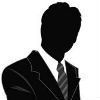







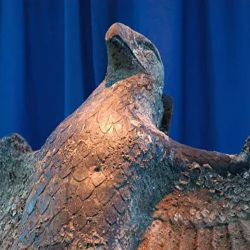
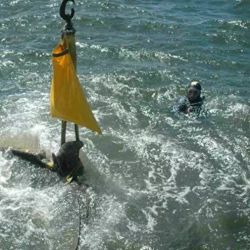

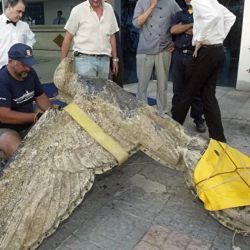

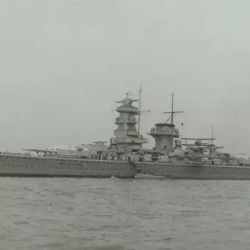


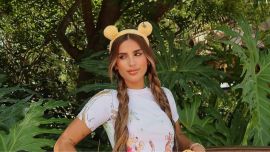
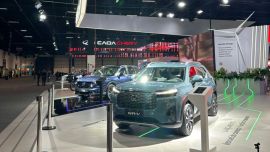










Comments